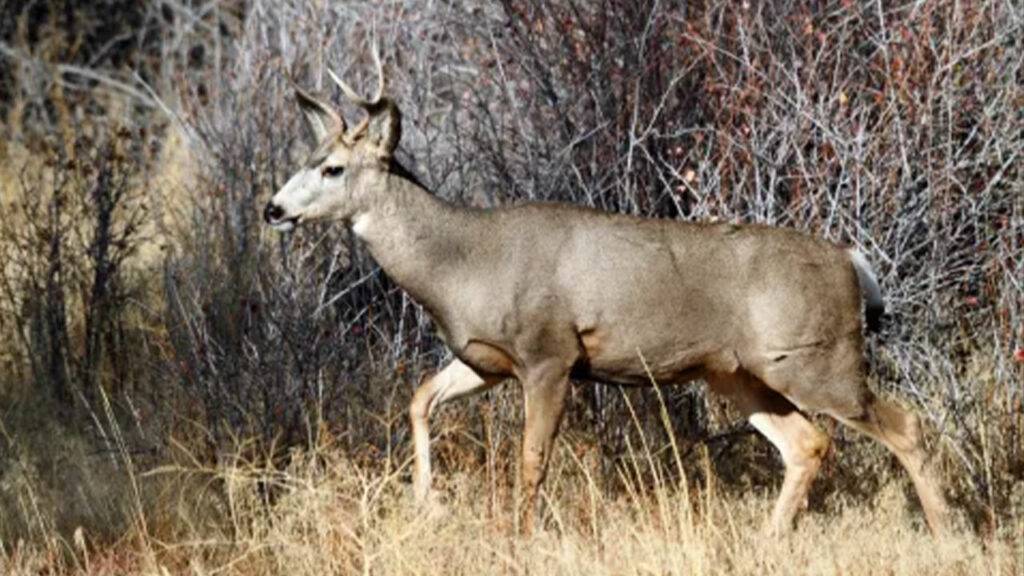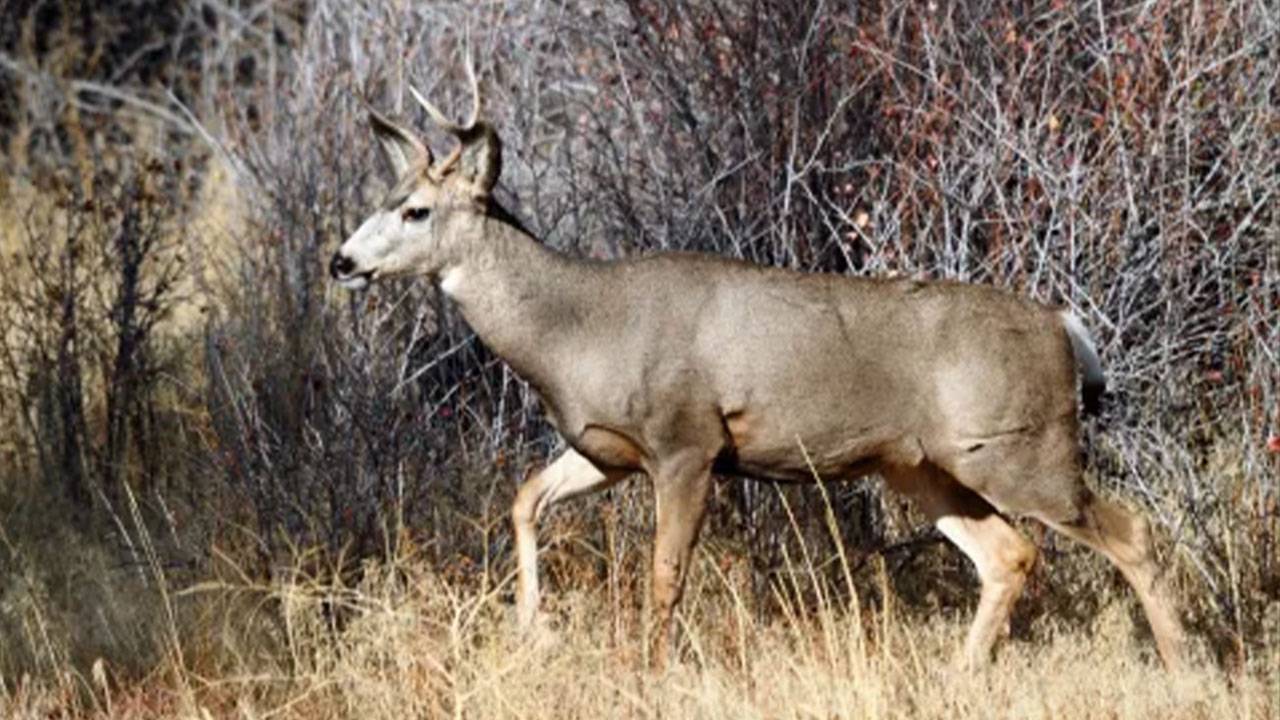In recent times, a concerning development has surfaced in Yellowstone National Park, where scientists are sounding the alarm about a virus known as the “zombie deer disease.” Also recognized as chronic wasting disease (CWD), this ailment has raised fears of transmission to humans, posing a potential public health risk.

What Is Zombie Deer Disease?
Zombie deer disease, or CWD, is caused by prions—abnormal transmissible pathogens that induce severe neurological symptoms in affected animals. According to the Centers for Disease Control (CDC), these symptoms include drooling, lethargy, emaciation, stumbling, and a characteristic blank stare.
“The prions cause changes in the hosts’ brains and nervous systems,” warns the Guardian. The disease is not limited to deer; it can affect a range of cervids, including elk, moose, caribou, and reindeer. Unfortunately, CWD is fatal, and there are no known treatments or vaccines.
Zombie Deer Disease Humans
Drawing parallels to past outbreaks, it is crucial to note the similarities with mad cow disease in the UK during the 1980s and 1990s. The Guardian reports that 4.4 million cattle were slaughtered in response to the spread of this disease, which was linked to feeding bovine-infected meat and bonemeal. The human variant of mad cow disease resulted in 178 deaths since 1995.
The Alliance for Public Wildlife revealed a concerning statistic in 2017: 7,000 to 15,000 CWD-infected animals were being consumed by humans annually. This figure was expected to rise by 20% each year. In Wisconsin, thousands may have unknowingly consumed meat from infected deer, emphasizing the potential risk to human health.
Deer Zombie Disease
CWD poses a unique challenge in terms of eradication. The disease is notoriously persistent, capable of lingering for years in the environment—whether in soil or on surfaces. Furthermore, scientists have reported its resistance to various disinfectants, formaldehyde, radiation, and incineration at extremely high temperatures (600°C or 1,100°F).
Future Concerns and Zoonotic Risks
The emergence of zombie deer disease raises broader concerns about zoonotic diseases, as noted by US biotech company Ginkgo Bioworks. The company warned that illnesses transmitted from animals to humans could potentially cause 12 times more deaths in 2050 compared to 2020. Climate change and deforestation are identified as contributing factors, leading to increased spillover events and epidemics.
Conclusion: A Call to Action
The threat posed by zombie deer disease is not confined to wildlife; there is a tangible risk of transmission to humans. Urgent collaborative efforts are needed to understand and mitigate the potential consequences of this prion-induced ailment. As history has shown with previous zoonotic diseases, proactive measures are crucial to preventing widespread human health crises. It is imperative that we remain vigilant and invest in research to address the challenges posed by CWD and similar emerging threats.





